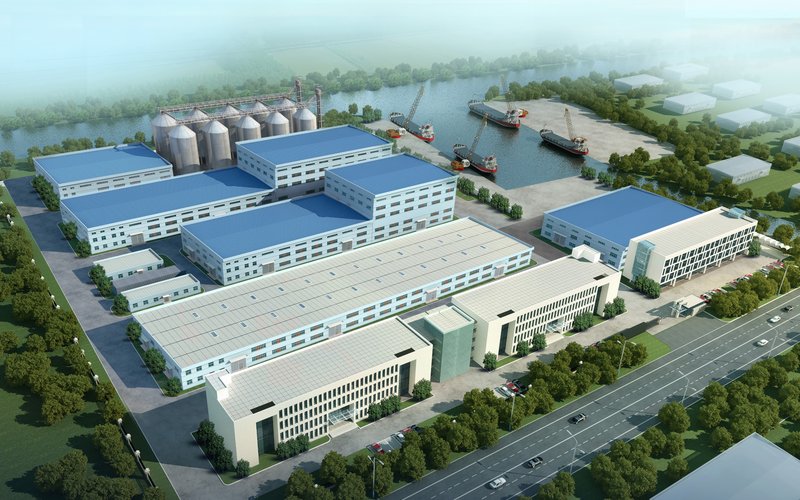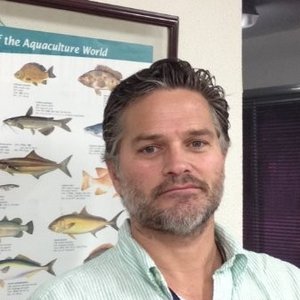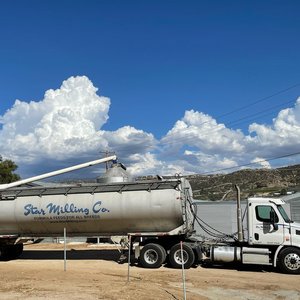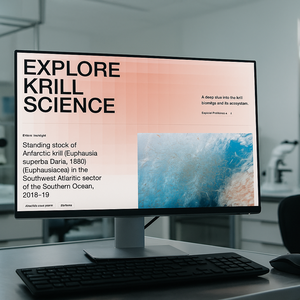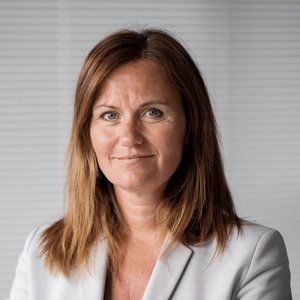The F3 — Future of Fish Feed announced today the three winners of the F3 Challenge - Carnivore Edition. China-based Fatide Biotech Co., Ltd. won the category of other carnivorous species utilizing its unique Fatide® product with dehulled full-fat soybean fermented in tanks by microbes and enzymes as the raw material for its largemouth bass feed.
We spoke with Mr. Jinfeng Yu, aquaculture director at Fatide Biotech Co., Ltd., about how the feed was developed and its performance in different carnivorous species.
AQ: Tell us about your company and its sustainability focus.
JY: Fatide Biotech Co., Ltd. is specialized in enzyme-treated and fermented feed ingredients in the Jiangsu province, China, only a two-hour drive from Shanghai. Our world-leading factory is ISO 9001-certified for quality assurance system and FSSC 22000 food safety system by SGS, owns about eight-hectares of land, and includes a private wharf leading to the Nantong Port and the Pacific Ocean. We only use sustainable soybean and sustainable energy, such as solar power, for production.
AQ: What ingredients did your company use to replace fishmeal and fish oil? Could you tell us about the proportions of the different ingredients? Was the manufacturing process affected by these new formulas?
JY: Our products are micro-capsules with small peptides coated with emulsified fat, with nearly no anti-nutritional factors, and highly digestible soybean meal. Our products have over 40% protein and 10% fat, or over 48% protein and 2.5% fat.
We used over 30% of our products in the carnivorous fish feeds. It helps the extrusion process since we can reduce the percentage of starch. The process needs less water which makes the extruded feed with lower moisture, saving energy during the drying process.
AQ: Where were the ingredients sourced from? What are the main constraints in terms of ingredient supply?
JY: We use soy from the U.S. and soybean meal from a local oil extraction factory. In terms of supply, the weather is our main constraint since droughts or hot weather affect soy production and yields and, therefore, the supply chain.
AQ: What has been the fish performance achieved so far for the species targeted for the challenge? Do you plan to test or commercialize fish-free feeds for other aquaculture species?
JY: We sold some feeds to largemouth bass and large yellow croaker farmers. Fish like the feeds and grow well so far and we found no difference compared to commercial feeds. We will keep trying other carnivore fish species. We have tested it in rainbow trout and shrimp last year. The performances were also good so we will commercialize these fish-free feeds soon.
AQ: Did you find any palatability issues? Have your formulas had an impact on the final fillet quality?
JY: We didn’t have any palatability issues. The feed intake rate was similar to other commercial feeds. Our products smell and taste well. In terms of fillet quality, fish and shrimp fed on our feed have tight muscles as well as no off-flavors. Usually, you can’t make a difference in flavor between fish-free and standard-fed fish. In some cases, ours tasted better, because the others have off-flavors from not fresh fishmeal or fish oil sources since fish oil is easily oxidized.
AQ: From your point of view, what is the main nutritional issue to solve to increase fish/shrimp performance utilizing your formula?
JY: In our formula, we would like people to consider amino acid and lipid balance. If you add essential nutrients, plant ingredients can work well. We would like to discuss these technical issues with our feed mill clients.
AQ: Are these formulas cost-effective and competitive with standard feeds?
JY: So far, our formulas are cost-effective and competitive with standard feeds, sometimes even cheaper when the soybean supply allows it.
AQ: What is your production capacity of fish-free feed? Which ingredient(s) limits the production capacity in your area?
JY: Our first factory can supply about 200,000 MT ingredients every year. It may be able to produce over 500,000 MT of fish-free feeds. We can build more factories if necessary. High-quality chicken meal, which is recognized widely as a good alternative ingredient, can be more limiting.
AQ: Who are your current farm partners?
JY: Our current partners are farmers in Jiangsu and Zhejiang provinces. We will promote fish-free feed in other places soon.
AQ: What are the future expectations in terms of supply and markets for your fish-free feed?
JY: We would like to partner with other fish feed companies to supply and market fish-free feed beside us. It’s a big market, and everyone who wants to utilize plant ingredients is welcome.


